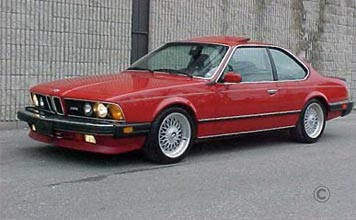Porsche 911 GT1 Strassenversion unloading at Spa-Francorchamps !
"Porsche 911 GT1 Strassenversion being unloaded at Circuit de Spa-Francorchamps in Belgium. Due circumstances, we were not able to film this 911 GT1 Strassenversion doing some laps around the track. In the video you see how the 911 GT1 Strassenversion is unloaded from the trailer and drove in the pitbox and pitlane. This 911 GT1 was transported to the track in a customized trailer."
HELP
HOW YOU MAY APPLY FOR PERMISSION TO IMPORT
Your signed application must include, at a minimum:
1. Your name, address, phone number, and FAX number.
2. Vehicle identification – make, model, model year, VIN or chassis number,
engine number, date of manufacture and mileage.
3. Location where you will store the vehicle in the United States.
4. Statement describing use on the public roads, if intended. If on-road use is requested, identify the Independent Commercial Importer (ICI) that will modify the vehicle to bring it into conformity with the requirements of the Environmental Protection Agency.
5. Basis for the application.
6. Attachments:
1. Photographs – ¾ frontal, ¾ rear, interior, odometer reading and special features (if appropriate).
2. Document from manufacturer or recognized historical source, identifying total production (production verification).
3. Proof of insurance conditioned on limited on-road use (not more than 2,500 miles accumulated in any 12-month period).
4. Identification of vehicle’s:
1. Technological significance – You must identify (be specific) the technology, engineering, and construction features of the vehicle that are advanced and of an unusual nature not commonly found in motor vehicles manufactured in the same time period; or
2. Historical significance – You must identify the historical significance of the vehicle. If a person of historical significance owned the vehicle, you must submit proof that this person owned the vehicle. If the vehicle was the first or last vehicle of a particular model, you must establish this through the manufacturer’s documentation or, if this is not available, through a recognized historical source. If the vehicle was "one of a kind," you must establish this also.
Items of significance must be numerically listed followed by the reason why the item is of significance.
You may then mail the application to:
Import and Certification Division
Office of Vehicle Safety Compliance (NVS-223)
National Highway Traffic Safety Administration
1200 New Jersey Avenue, SE
Room W45-205
Washington, DC 20590
ON-ROAD USE
A vehicle eligible for Show or Display may receive NHTSA approval to be driven on the highway. The odometer must not register more than 2,500 miles in a 12-month period. NHTSA approval of limited on-road use is to allow the vehicle to be driven to and from nearby displays of similar automobiles. Another reason permission is granted is to maintain the vehicle’s engine, braking, lighting, and other dynamic systems in good working order. The vehicle is still required to meet EPA requirements. If the original engine in the vehicle will be replaced with a non-original engine to meet EPA requirements, it must be identified in your application since it may impact on the technological or historical significance of the vehicle.





